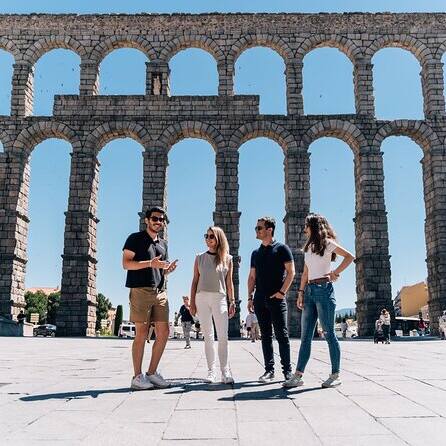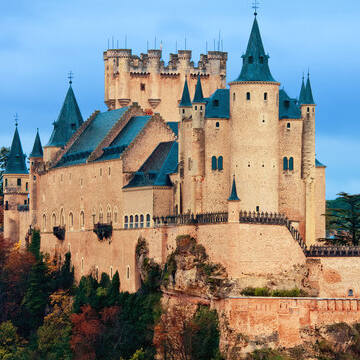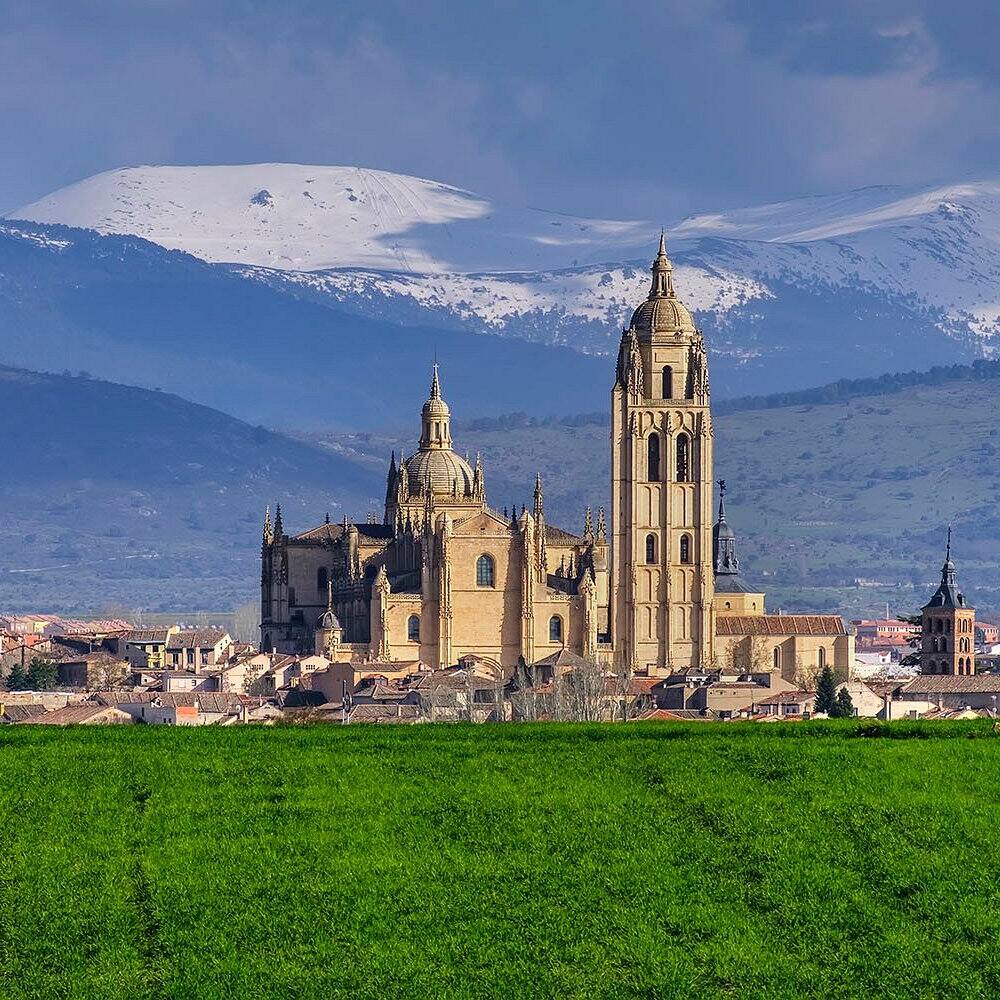Close to Madrid, Segovia still retains the spirit of old Spanish cities. These are some of the monuments valued by UNESCO to declare it a World Heritage site in 1985.
The Aqueduct
It is one of the most spectacular legacies of the Roman Empire in Spain. It is made up of 166 arches spanning the more than 17 kilometres of the aqueduct, which transported water from La Acebeda to the Alcázar, defying the laws of gravity, since the only thing that keeps the structure standing is its balance of forces; no kind of mortar was used in its construction. Legend says that Segovia’s Aqueduct is the result of a pact between a girl and the devil in which she offered him her soul in exchange for water to reach her house before the crack of dawn.
The Cathedral
The apse of this temple, the construction of which began in 1525, marks the boundaries between the Plaza Mayor and the Judería Vieja (Old Jewish Quarter). Inside, the 16th century stained glass windows and the Altarpiece designed by Sabatini are particularly noteworthy.
The Alcázar
The splendid views over the Pinarillo (with the Jewish Cemetery), Zamarramala and the Church of Vera Cruz are reason enough to make your way to this old castle. A deep moat with its drawbridge provides access to this fortress, which became the royal residence in the 13th century, and from whose tower, Alfonso X studied the firmament. To the left, lies the Casa de la Química, built in the period of the Enlightenment, which was Louis Proust’s research centre.







